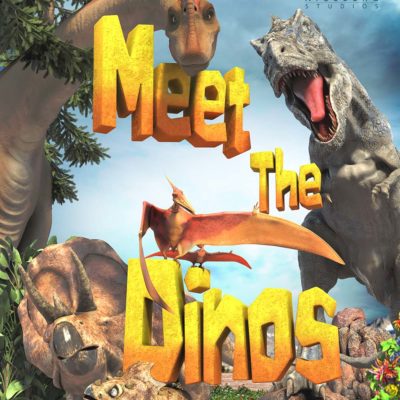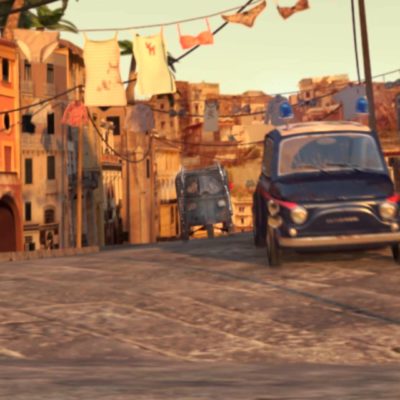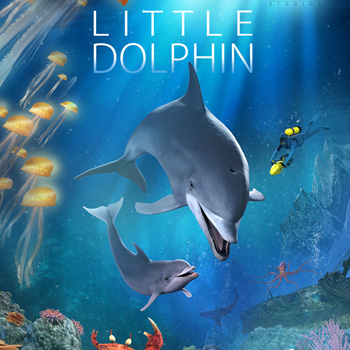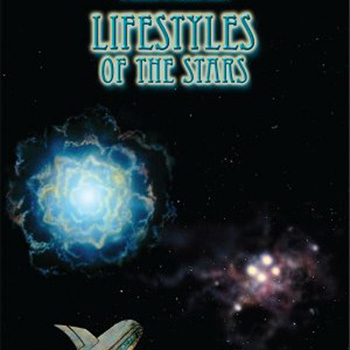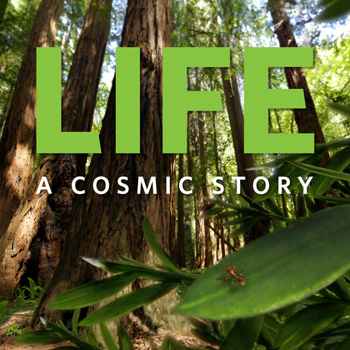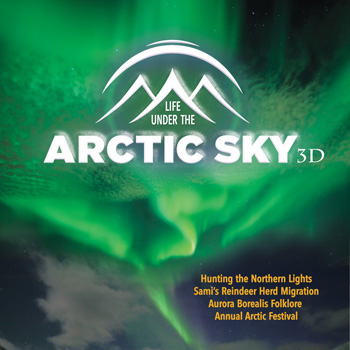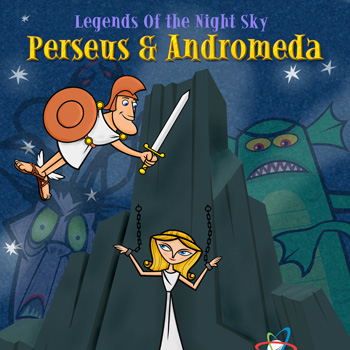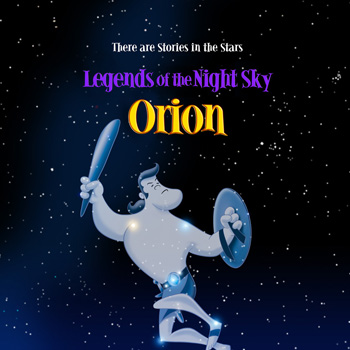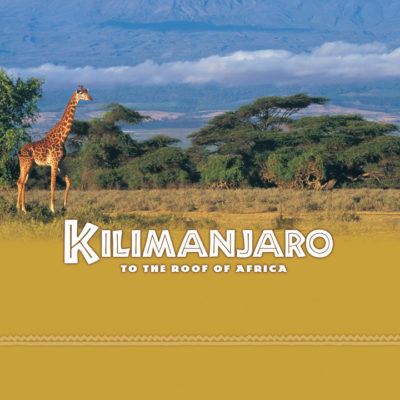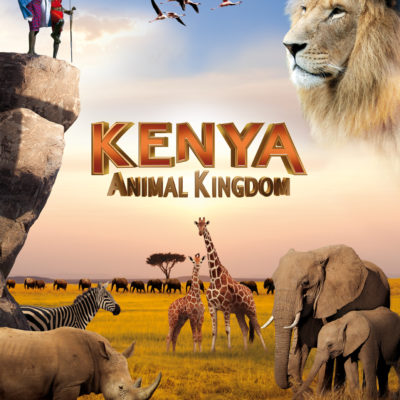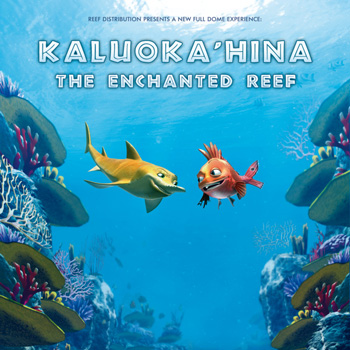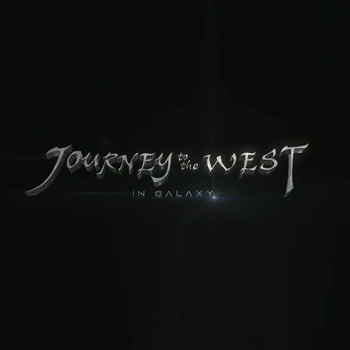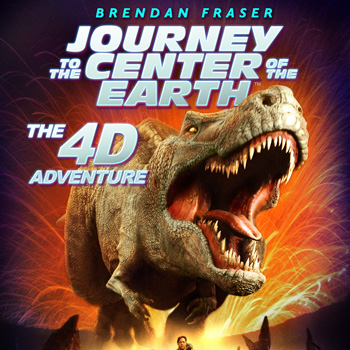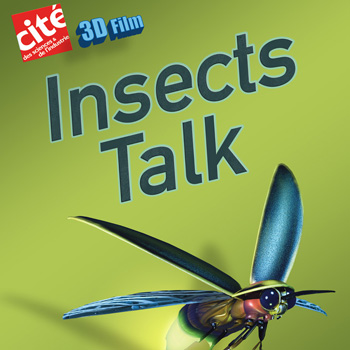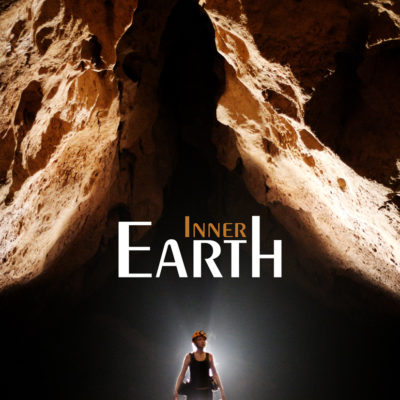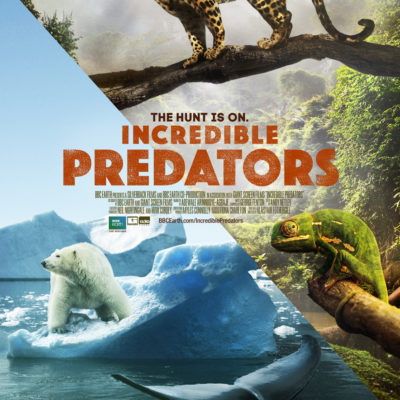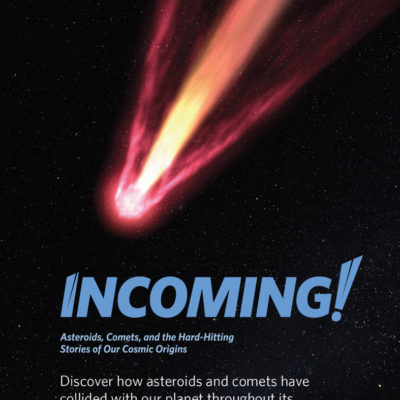About 70 million years ago, a baby pterosaur is about to leave the nest. He’s eager to spread his wings and discover the world. Join him on his journey, as he encounters bizarre, yet amazing creatures. Get ready to meet: Dinosaurs! This family friendly dinosaur film appeals to all ages and is intended for showings in immersive 3D/4D theaters in theme parks and science centers.
Luigi works for a pizza service in a small Italian village. His pizzas are the best far and wide and have to be delivered quickly to the customer. With his small three-wheeled Piaggio he drives through the village like a daredevil where he doesn’t shy away from any shortcut or sound, nothing too risky for a delivery without delay.
Experience the majestic marine adventure of a young dolphin, discovering the beauty and dangers of marine life. Will he succeed in retrieving his lost mother? Come, explore, and share magical encounters! This highly immersive production is targeted at 3D/4D theatres in aquariums, zoos, theme parks, and other major venues. The 9-minute film has a subtle yet powerful and positive ecological message; the future is bright and blue.
How did life on Earth begin? This tantalizing question forms the basis of a magnificent production by the California Academy of Sciences Morrison Planetarium.
Life: A Cosmic Story begins in a redwood forest with the sounds of wind and life. One redwood looms larger, and as we approach its branches and enter one of its leaves, we adjust our perspective to the microscopic scale inside a cell. We see a pared-down version of its inner workings, learning about the process of photosynthesis and the role of DNA. This scene sets the stage for the story of life.
We then leap backward billions of years to the origin of elements themselves. The early Universe contained mostly dark matter, which drew hydrogen and helium together to form the first stars. The carbon and heavier elements required by living organisms came from generations of stars.
We continue our journey, diving into the Milky Way Galaxy as it was several billion years ago. We approach a region in which stars are forming, where we encounter a protoplanetary disk surrounding our newborn Sun. We arrive at the young Earth, splashing down in deep water to visit a hydrothermal vent and to examine the formation of organic molecules. We then travel above a volcanic island to encounter an enriched “hot puddle” of water, in which nucleotides (building blocks of RNA and DNA) may have wrapped themselves in protective vesicles.
The show leaps forward in time, showing the movement of continents and the changing environment for life. Finally, we reach modern Earth, circling the globe to review the evidence for the story we have heard. Much of what we understand about evolution we have pieced together from the fossil record, but we can also reassemble evolutionary history by studying life that surrounds us today.
As we learn that all life shares a common ancestry and common chemistry, we pull away from individual images of life, and we end the show as we see their three-dimensional distribution form the double-helix strand of DNA. The audience is left immersed inside a representation of the structure of life’s shared origins.
Two hundred miles north of the Arctic Circle, near the jagged tips of Norway’s crown, the sun does not set for weeks on end during the summer months, and the midnight sun bounces off fields of midsummer snow.
Sami herders call their work boazovázzi, which translates as “reindeer walker,” and that’s exactly what herders once did, following the fast-paced animals on foot or wooden skis as they sought out the best grazing grounds over hundreds of miles of terrain.
An aurora borealis is a natural light display in the sky, especially in the high latitude regions, caused by the collision of solar wind and magnetospheric charged particles with the high altitude atmosphere.
The Finnish name for the northern lights “revontulet” is associated with the arctic fox. According to a folk tale, moonlight is reflected from the snowflakes swept up into the sky by the fox’s tail.
A fulldome show for planetariums and digital dome theaters.
Leo is an educational project about Art and Science, where two techniques are combined, puppets carved in wood and digital animation, with the aim of entertaining children and adults to awake their interest in Art and Science. With Leo and Art we take a journey through the history of Art and learn the basics of some of its most significant moments, such as the beginning of what is meant by art, with cave paintings, the genius of Art and Science of Leonardo Da Vinci and we learn that there is not only one way to see the stars with Van Gogh.
Legends of the Night Sky: Orion is the world’s first traditionally animated fulldome movie. Legends takes an imaginative look at the stories and legends about Orion, the great hunter of the winter sky. It’s ideal for family audiences and younger viewers. Greek mythology will never seem the same once you’ve seen this fun-filled production from AudioVisual Imagineering and Spitz Creative Media.
This work celebrates human intuition and its capacity to image the invisible and sing the inaudible. Immersed in the action, spectators take part in the motions of the cosmos, at once simple and complex, always extraordinarily rich. In this voyage through the world of waves (whose apt title is the Greek word for “wave”), light and sound envelop us and transport us from the infinitely small to the infinitely large — emphasizing, in the middle, the locus of living things.
Embark on an epic journey in the most spectacular wildlife sanctuary on Earth in Kenya 3D: Animal Kingdom. Meet Ntulesai and Ntukai, two fearless Maasai warriors, and follow them on their ritual safari before taking part in an extraordinary traditional ceremony. Discover the region’s famous fauna in their natural habitat, including the Big Five – lions, elephants, Cape buffalo, leopards, and black rhinos – as well as giraffe, hippos, cheetahs, and many more!
Explore with them the remotest corners of Kenya, from the Rift Valley’s breathtaking flamingo lakes to the Masai Mara, where the annual Great Migration of wildebeest, zebras, and gazelles takes place. Through stunning, never-before-seen 3D photography shot exclusively in the wild, experience a truly unique adventure in the very heart of Africa at IMAX 3D theatres.
Their landscapes and ecosystems are as diverse as the planets which align our solar system. Travel around the world to explore this mysterious, and still vastly uncharted, subterranean world.
Audiences will uncover an abundance of natural, ecological, and archaeological jewels which lay hidden within the world’s deepest, darkest, and most astonishing caves. Embark on the adventure of a lifetime through tight passageways, down deep vertical shafts, and across searing cavern floors. Journey from the watery Caves Branch of Belize to the frozen kingdom of Eisriesenwelt — from the gargantuan Sotano De Las Golondrinas to the indignant fires of the Hawaiian Lava Tubes. From mystical Mayan ruins, to awe-inspiring crystalline chambers, viewers will witness a collection of natural wonders as far as the eye can see – all in a world apart from our own.
Incredible Predators deconstructs the world of major predators as never before, taking an intimate look at the remarkable strategies they use to success. Unveiling the most dramatic events, Incredible Predators tells the story of the contests between predators and their prey, showcasing how these supreme species have to be at the very peak of performance to have any chance of success. Advanced filming techniques expose the planet’s top predators in extraordinary footage. Using new high-resolution thermal cameras, Incredible Predators reveals the stealth of the leopard. For the first time, we capture the polar bear in action with four different hunting techniques used in the summer. Come on the journey as we follow them into the midst of the pack ice as they hunt for bearded seals. Alongside dramatic animal behavior, spectacular scenics and aerials, the film reveals the unique relationship between the planet’s predators and prey as a fundamental building block of ecology.
Embark on a journey back in time and across the Solar System, following the paths of asteroids and comets that have collided with Earth—and those that roam far from home. These ancient objects travel billions of years before reaching Earth, and their impact can be so powerful that just one collision can change the course of life on our planet.
Scientists aren’t waiting for asteroids and comets to come to us to learn more about them — get an up-close look at spacecraft sent to rocky asteroids and icy comets to collect invaluable data. You’ll follow the trek of the Chelyabinsk meteor as it entered the Earth’s atmosphere in 2013 and visualize major shifts in the history of the Solar System billions of years in the making—and all in under an hour.
Space pilgrims in search of the promised land travel through the universe and open the planet which seems to be ideal for life. As they land the planet starts to fulfill their heart’s desires. Nobody but Professor understands the nature of the planet. The aggressiveness of the rest of the team meets the correspondent answer as a feedback from the planet. Two other people, Captain and professor’s assistant managed to survive due to their love. With the help of Professor who stayed as his wishes’ hostage in the planet the loving pair come back to their base spaceship and report that the planet is unsuited for life.

